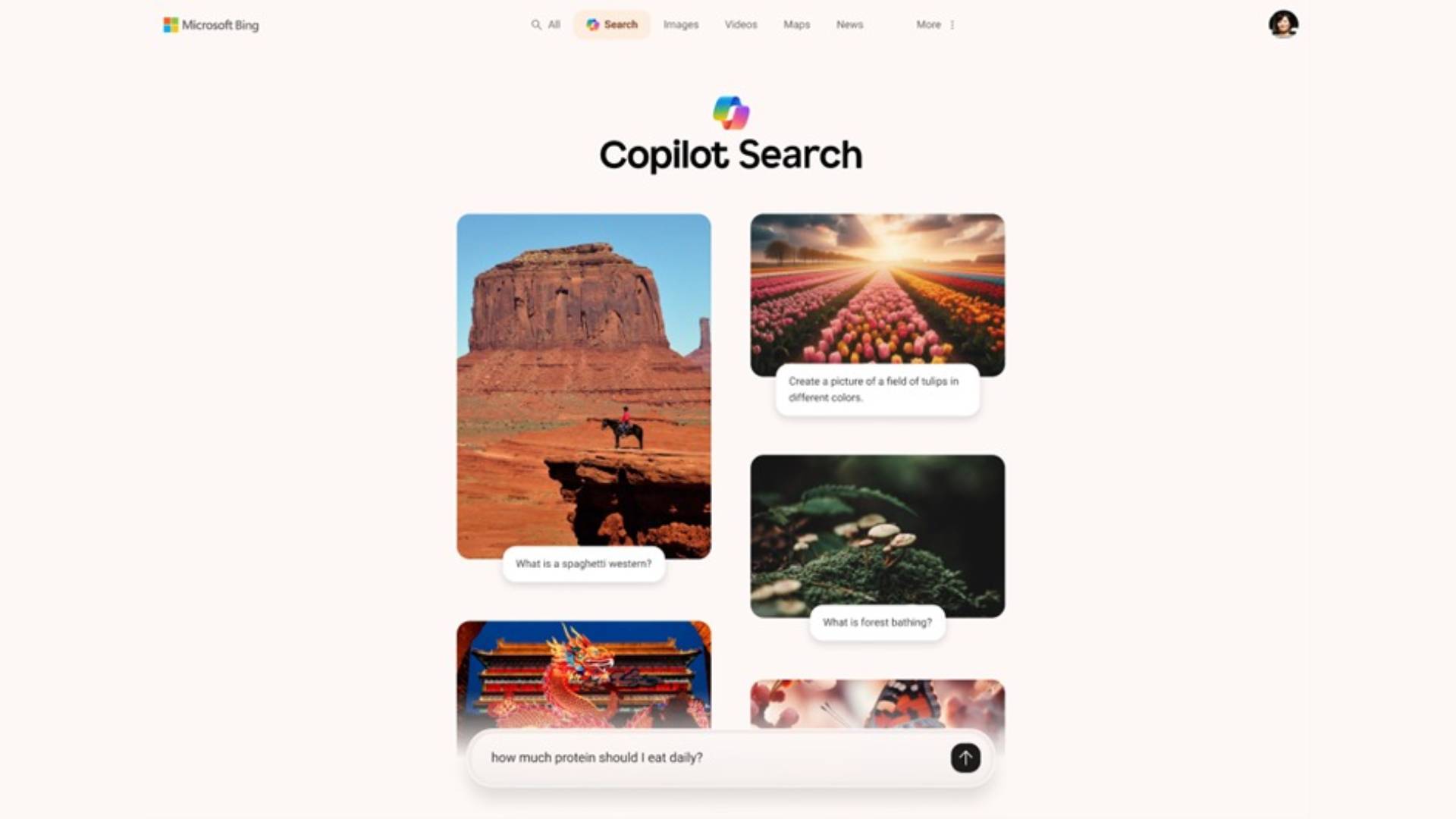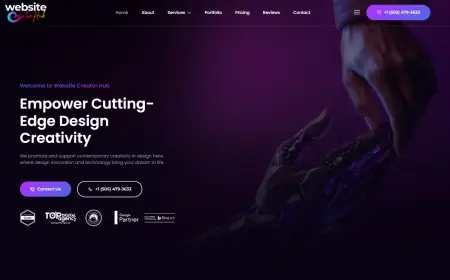South Button Island National Park: India's Tiny Paradise

Nestled amidst the sparkling waters of the Andaman Sea, South Button Island National Park holds the distinction of being India's smallest national park. Encompassing a mere 0.03 square kilometers, this emerald gem packs a surprising punch when it comes to natural beauty and biodiversity. Part of the larger Rani Jhansi Marine National Park, South Button Island is a haven for marine life enthusiasts, beach lovers, and those seeking a tranquil escape.
Island Idyll: A Geological Marvel
South Button Island, along with its neighboring islands North Button and Middle Button, forms part of the Ritchie's Archipelago. These islands boast a unique geological history, emerging from volcanic activity millions of years ago. South Button itself is a tiny granite outcrop, rising majestically from the turquoise embrace of the sea. The island's highest point sits at a modest 36 meters, offering panoramic vistas of the surrounding islands and the endless expanse of the ocean.
A Coral Oasis: Where Reefs Come Alive
Despite its diminutive size, South Button Island National Park is a treasure trove of marine life. The crystal-clear waters surrounding the island are home to a thriving coral reef ecosystem. This vibrant underwater world is a kaleidoscope of colors, teeming with an incredible diversity of fish, coral species, and other marine creatures.
The eastern side of the island boasts a particularly exquisite coral garden, with depths reaching around 12 meters. Here, hard and soft corals flourish in a symphony of shapes and textures. Vibrant clownfish peek out from anemones, while schools of colorful damselfish flit amongst the coral branches. Predators like barracuda and snapper cruise the reef, while graceful manta rays and majestic devil rays glide effortlessly through the crystal-clear water.
A Haven for Marine Giants
South Button Island National Park is not just a haven for the colorful and intricate. The deeper waters surrounding the island are a feeding ground for some of the ocean's gentle giants. Dolphins are frequent visitors, their playful antics a delight for visitors. The elusive dugong, also known as the sea cow, can sometimes be spotted grazing on seagrass beds. But perhaps the most awe-inspiring sight is the occasional sighting of the majestic blue whale, the largest animal on Earth.
Unveiling the Underwater World: Exploring the Park
The best way to experience the magic of South Button Island National Park is by diving or snorkeling. Numerous tour operators in Havelock Island, the closest inhabited island, offer guided diving and snorkeling trips to the park. As you descend beneath the waves, a world of breathtaking beauty unfolds. Schools of vibrant fish dart around you, while the intricate formations of the coral reef captivate your senses.
For those who prefer to stay above water, glass-bottom boat tours offer a glimpse into the underwater world. Kayaking is another popular option, allowing you to explore the island's coastline and coves at your own pace.
A Tranquil Escape: Beyond the Reef
South Button Island National Park is not just about the underwater world. The island itself offers a peaceful retreat, a stark contrast to the hustle and bustle of mainland India. The island's pristine beaches, with their soft white sand, are ideal for sunbathing and relaxation.
The island's vegetation is a unique blend of coastal scrubland and mangrove forests. While limited in size, these forests provide a habitat for a variety of bird species, making the island a haven for birdwatchers.
For those seeking a truly unique experience, camping on South Button Island is an option, allowing you to spend the night under a blanket of stars and wake up to the sounds of the ocean. However, it's important to note that due to the island's protected status, camping requires special permission from the forest department.
A Responsible Paradise: Protecting the Island's Charm
South Button Island National Park plays a crucial role in marine conservation efforts. The park's protected status helps safeguard the fragile coral reef ecosystem and the diverse marine life it supports. However, this tiny paradise faces threats from pollution, overfishing, and irresponsible tourism practices.
Visitors to the park have a responsibility to ensure its continued health and beauty. Responsible south button national park such as proper waste disposal, avoiding touching the coral reefs, and respecting marine life are essential. By following these guidelines, visitors can help preserve this unique island paradise for generations to come.
A Timeless Allure: A Destination for All
South Button Island National Park may be small in size, but it offers a wealth of experiences for visitors of all interests. Whether you're a seasoned diver enthralled by the vibrant coral reefs, a beach lover seeking serenity, or simply a nature enthusiast yearning for a tranquil escape, South Button Island has something to offer. This tiny island, with its pristine beauty and rich biodiversity, serves as a reminder of the importance of protecting our precious natural world. So, pack your bags, embrace your sense of adventure.
What's Your Reaction?
 Like
0
Like
0
 Dislike
0
Dislike
0
 Love
0
Love
0
 Funny
0
Funny
0
 Angry
0
Angry
0
 Sad
0
Sad
0
 Wow
0
Wow
0


















































